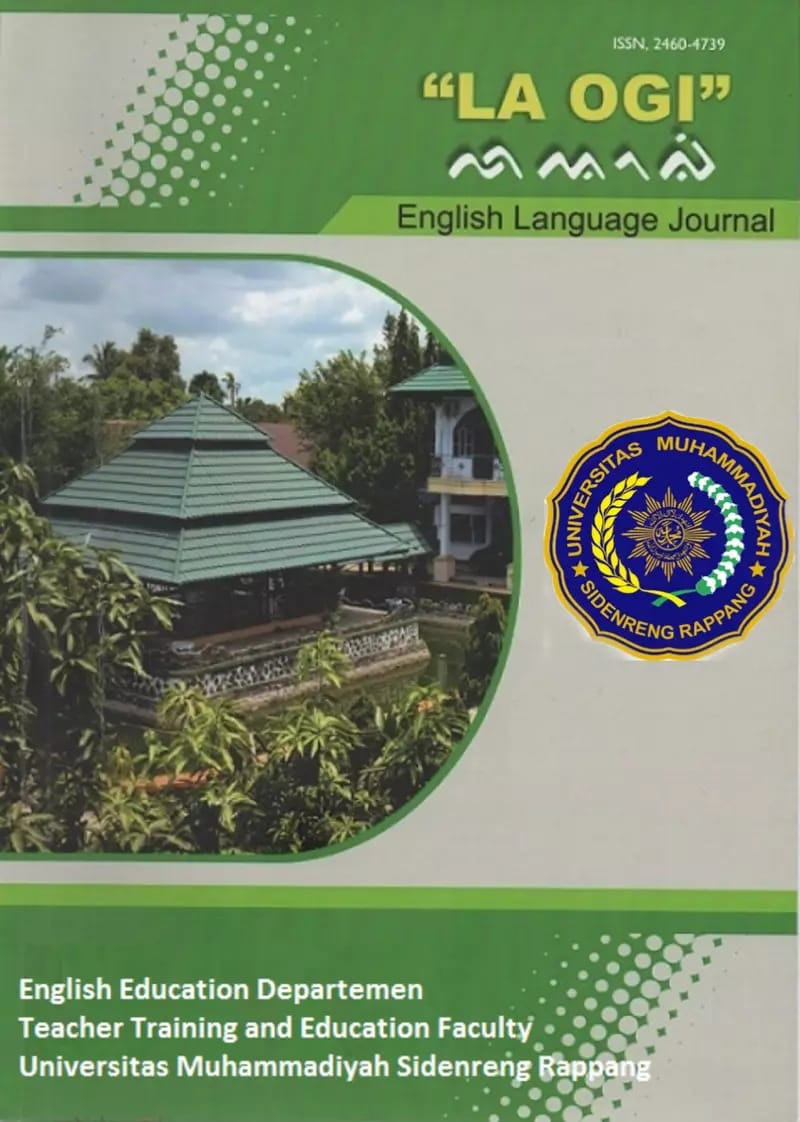Using Smart Fingers Technique in Understanding Simple Present Tenses
Abstract
The purpose of this research was to measure the effectiveness of ‘SMART Fingers’ technique in improving students’ achievement of simple present. There were two classes of 7th graders of SMP Yadika 10, Tangerang, assigned as experimental and controlled groups, participating as the samples with totally 35 students in each class. The method of quantitative with quasi experimental research design applied in this study. The tools used to collect the data were pre-test and post-test. Quantitative and statistical analysis were taken to analyze the data. The quantitative calculation showed that after the treatment, 8 of the students in the experimental group fell into ‘excellent’ level, and none of the student in the controlled group was in this level. The statistical analysis of independent sample test revealed that the significant value of the experimental group (2-Tailed) < .001 < 0.05. This finding indicated that the experimental group reached different achievement after they were taught by using ‘SMART Fingers’ technique. Thus, referring to the analysis results above, this study concluded that ‘SMART Fingers’ technique was effective to improve students’ understanding of simple present tense.




